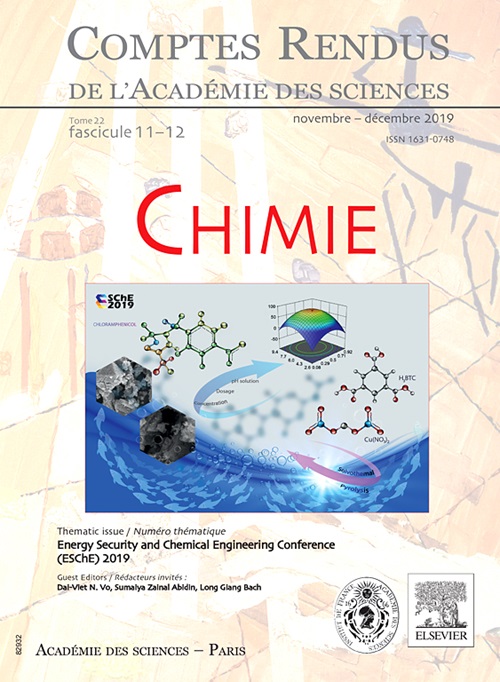结合机器学习和经验力场的准面算法:在原子缺陷扩散中的应用
IF 0.6
4区 化学
Q3 CHEMISTRY, MULTIDISCIPLINARY
引用次数: 0
摘要
我们在分子动力学的背景下数值研究了自适应版本的平行算法。这种自适应变体最初是在[1]中引入的。在这里,我们将重点放在物理兴趣的测试用例上,其中系统的动力学由朗格万方程建模,并使用分子动力学软件LAMMPS进行模拟。在这项工作中,拟面算法使用一系列机器学习光谱邻居分析电位(SNAP)作为精细电位,参考电位和嵌入原子方法电位(EAM)作为粗电位。我们考虑了钨晶格中的自间隙原子,并计算了系统在亚稳态下的平均停留时间。我们的数值结果表明,与朗格万动力学的顺序积分相比,使用自适应平行算法获得了显著的计算增益。我们还确定了一个大的数值参数制度,其中统计精度达到没有轨迹精度的结果。本文章由计算机程序翻译,如有差异,请以英文原文为准。
Combining machine-learned and empirical force fields with the parareal algorithm: application to the diffusion of atomistic defects
We numerically investigate an adaptive version of the parareal algorithm in the context of molecular dynamics. This adaptive variant has been originally introduced in [1]. We focus here on test cases of physical interest where the dynamics of the system is modelled by the Langevin equation and is simulated using the molecular dynamics software LAMMPS. In this work, the parareal algorithm uses a family of machine-learning spectral neighbor analysis potentials (SNAP) as fine, reference, potentials and embedded-atom method potentials (EAM) as coarse potentials. We consider a self-interstitial atom in a tungsten lattice and compute the average residence time of the system in metastable states. Our numerical results demonstrate significant computational gains using the adaptive parareal algorithm in comparison to a sequential integration of the Langevin dynamics. We also identify a large regime of numerical parameters for which statistical accuracy is reached without being a consequence of trajectorial accuracy.
求助全文
通过发布文献求助,成功后即可免费获取论文全文。
去求助
来源期刊

Comptes Rendus. Chimie
化学-化学综合
CiteScore
2.10
自引率
25.00%
发文量
89
审稿时长
3 months
期刊介绍:
The Comptes Rendus - Chimie are a free-of-charge, open access and peer-reviewed electronic scientific journal publishing original research articles. It is one of seven journals published by the Académie des sciences.
Its objective is to enable researchers to quickly share their work with the international scientific community.
The Comptes Rendus - Chimie also publish journal articles, thematic issues and articles reflecting the history of the Académie des sciences and its current scientific activity.
 求助内容:
求助内容: 应助结果提醒方式:
应助结果提醒方式:


